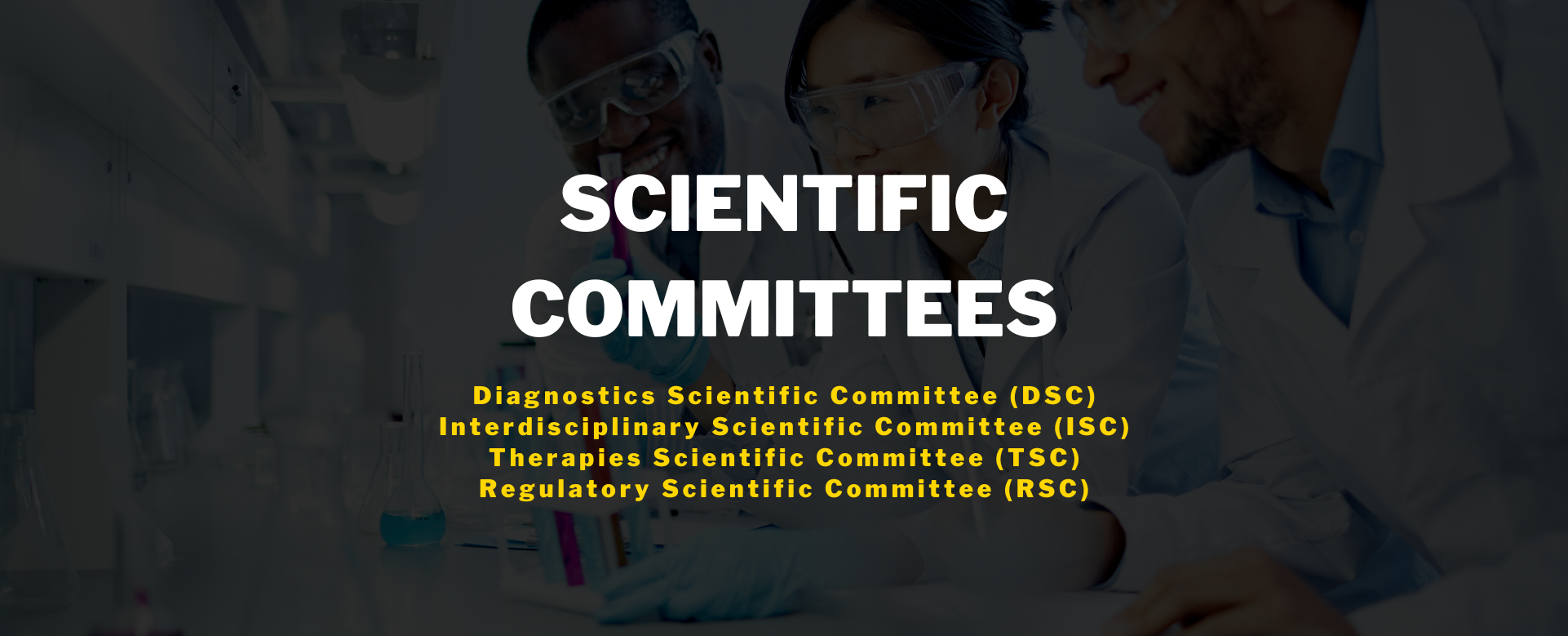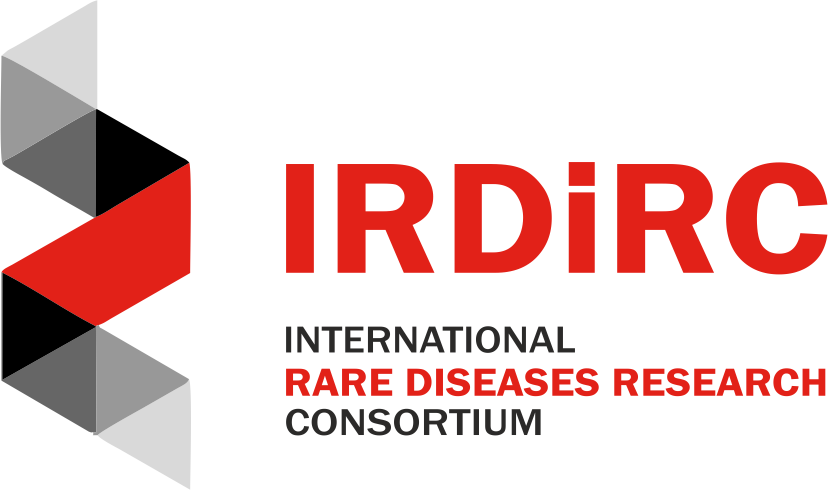
IRDiRC has four Scientific Committees:
- Diagnostics Scientific Committee (DSC)
- Interdisciplinary Scientific Committee (ISC)
- Therapies Scientific Committee (TSC)
- Regulatory Scientific Committee (RSC)
Each Scientific Committee is composed of approximately 15 members with balanced expertise and representation from academia, patient organizations, diagnostics, pharmaceutical industry, and regulatory bodies. The Scientific Committees identify and propose actionable projects to advance rare disease research, report on Task Force activities and progress made from a scientific point of view, advise the Consortium Assembly on research priorities and funding gaps, and execute activities in their scientific areas that will bring IRDiRC closer to its goals. Members of the Scientific Committees are nominated for their individual expertise and approved by the Consortium Assembly. The duration of the initial mandate of the Scientific Committees members is 3 years, with the possibility of one renewal. The Chair and the Vice Chair of each Scientific Committee are elected for a period of 3 years that can be renewed once.

The DSC brings together clinicians and experts in genetics, genomics, bioinformatics, molecular diagnostics and biochemistry to shorten the diagnostic odyssey often experienced by rare disease patients in order to support IRDiRC’s diagnostic Goal 1 for 2027.
READ MORE
The IRDiRC Interdisciplinary Scientific Committee (ISC) works on cross-cutting aspects of rare disease research, including data sharing, ontologies, natural history, biobanking and registries.
READ MORE
The IRDiRC’s Therapies Scientific Committee (TSC) is a multi-disciplinary, multi-stakeholder group of experts in medical research and drug development specialized in rare diseases, comprising representatives of academia, non-profit organizations, industry, regulators, patient experts, clinicians and research funders across the globe.
READ MORE

